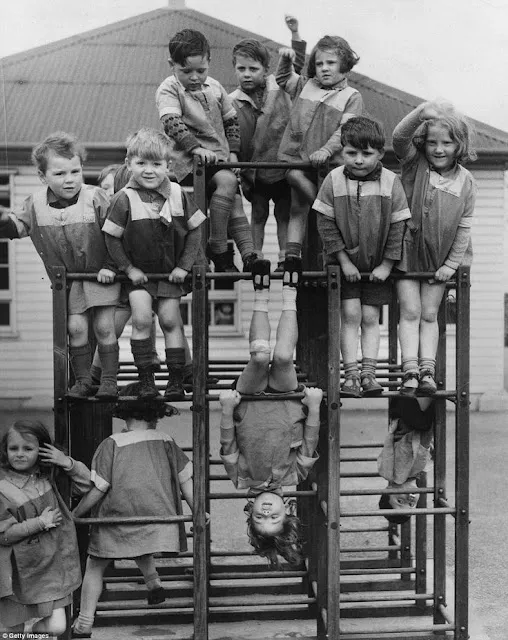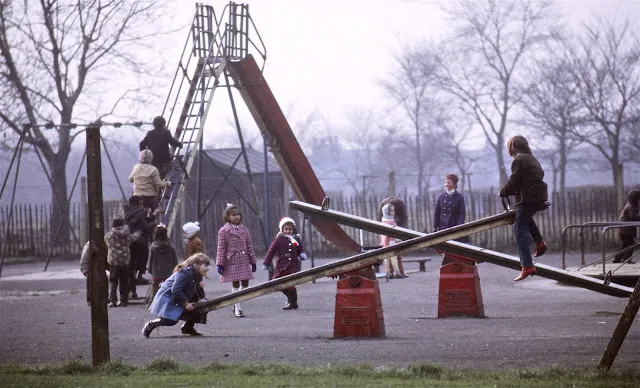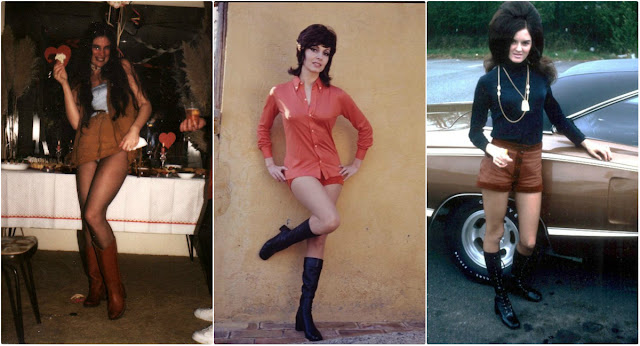The four penny coffin or coffin house was one of the first homeless shelters created for the people of central London. It was operated by the Salvation Army during the late 19th and early 20th centuries to provide comfort and aid to its destitute clients.
The Salvation Army operated other homeless shelters in the area. These shelters charged the clients different amounts depending on the amenities offered. At the low end was a penny sit-up, where a homeless client could get food and shelter from the cold in exchange for a penny. He was allowed to sit on a bench all night, but was not allowed to sleep. For an additional penny, there was the "two penny hangover". It was like a penny sit-up except that a rope was placed in front of the bench. The client was allowed to sleep when he leaned on (or hung over) the rope during the night. He was not allowed to lie down flat on his back and sleep.
For four pennies, a homeless client could stay at a coffin house. He received food and shelter. Moreover, he was allowed to lie down flat on his back and sleep in a coffin-shaped wooden box. The client was given a tarpaulin for covering. What made this unique is that it was the cheapest homeless shelter in London at that time that allowed its clients to lie down on their back and sleep. The Salvation Army also offered shelters that allowed its clients to sleep on a bed for a much higher price. Hence, the coffin house was popular because it offered an economical and mid-range solution for homeless clients looking for relief from the cold.
Compared with modern examples, this shelter is considered inadequate. It was, however, considered an inexpensive and compassionate attempt to deal with the relatively new problem of homelessness. This shelter provided relief from the harsh London winters and was viewed by many at the time as having the benefit of attracting new followers to Christianity.

|
| ‘Coffin beds’ at a Salvation Army shelter in London. |

|
| Men at the four penny coffin, aka coffin house, ca. 1901. |

|
| Contemporary newspaper calls this London homeless shelter a “two penny coffin,” 1906. |

|
| These rows of “coffins” were the men’s sleeping quarters in London’s Burne Street hostel, ca. 1900. |

|
| Salvation Army homeless clients at Blackfriars, ca. 1900. |

|
| Mealtime at the in St. Marylebone workhouse, London, ca. 1900. |

-1710565646.jpg)

